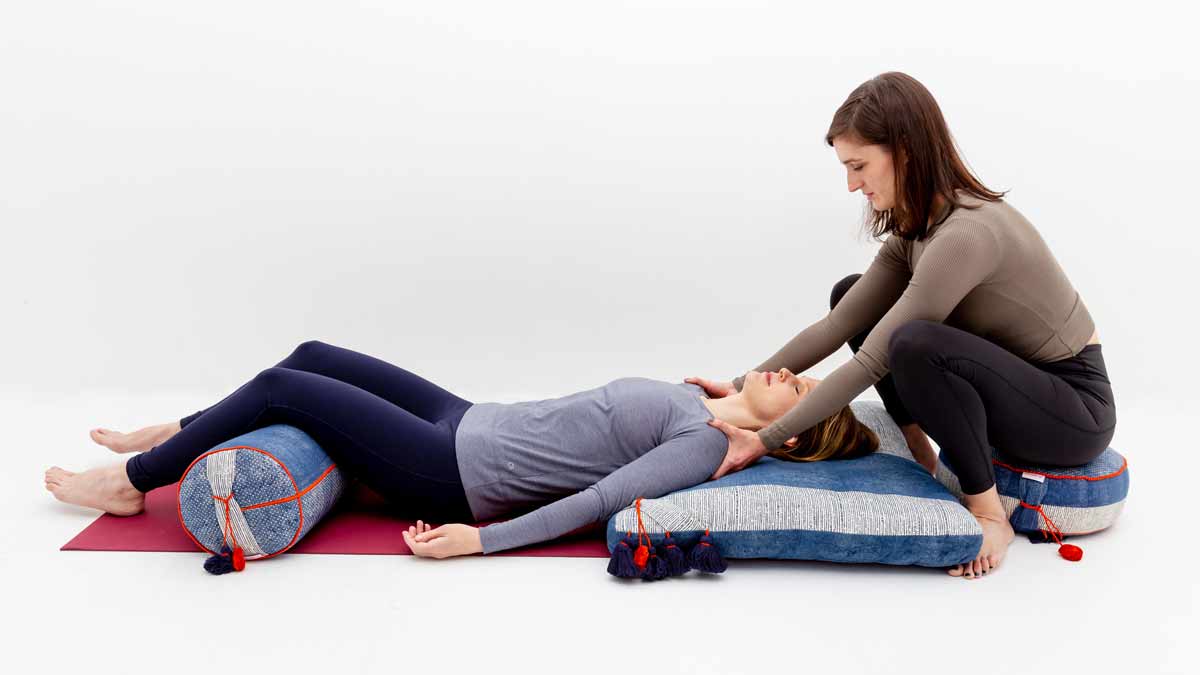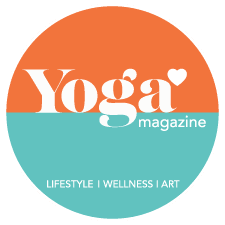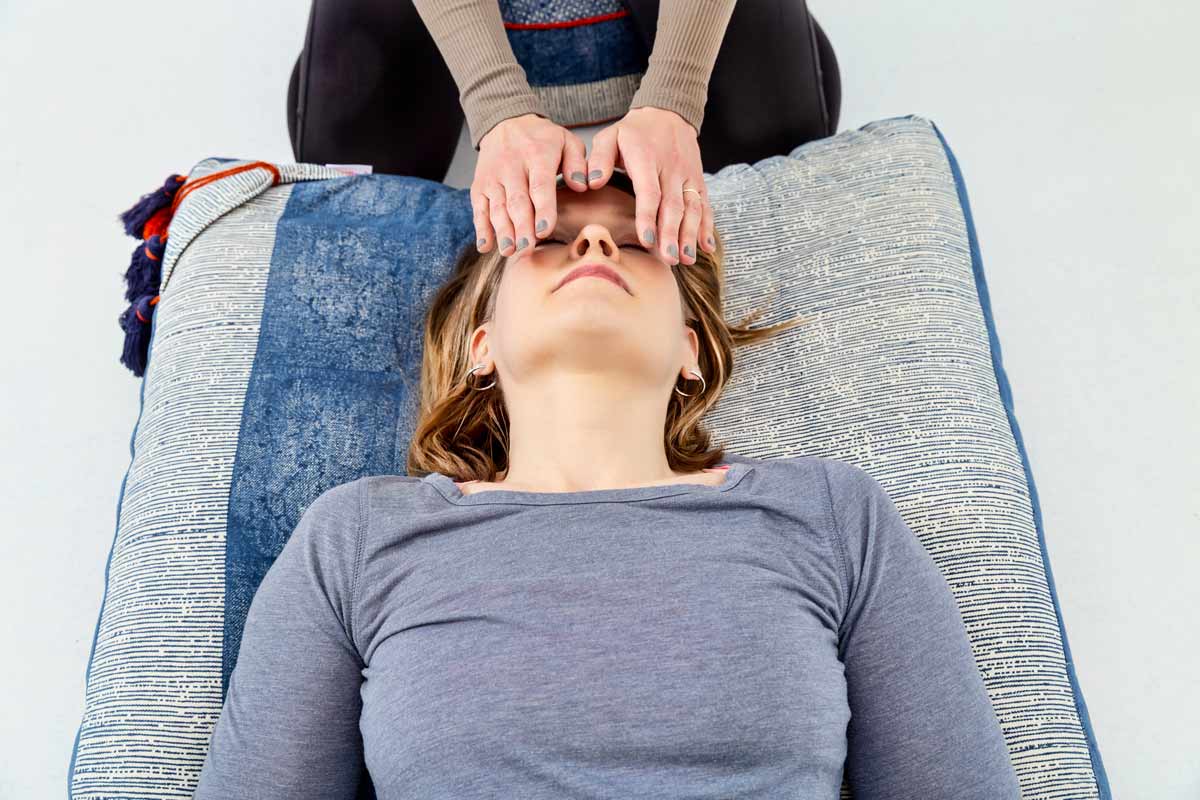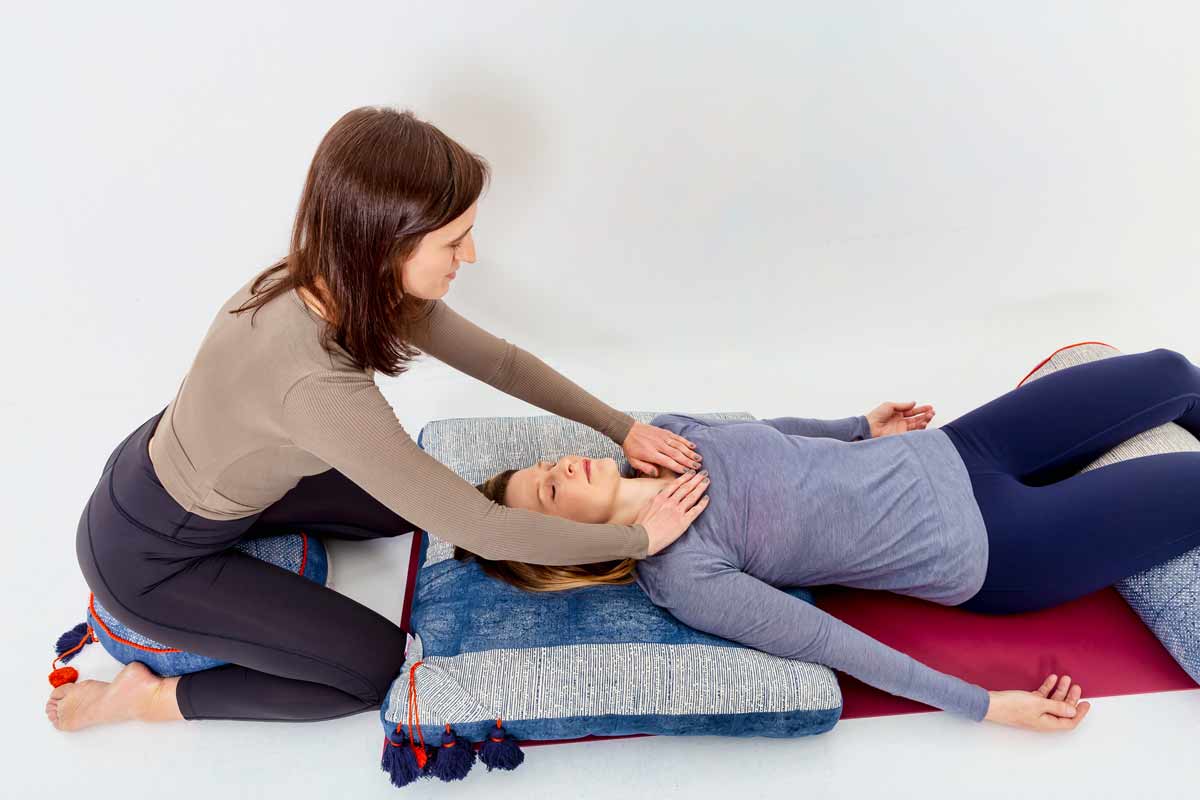LIFESTYLE

What the heck is Reiki? We sent our friend Melissa to experience a session with Dr. Sarah Biffen and to report back to us about her experience. We also asked Dr. Biffen to share with us what a Reiki experience is like from her perspective, and what you can expect. We share both their perspectives with you here.
REIKI: Students Perspective
By: Melissa Honkanen
“Whoa! I just won Monday!” Or at least that’s how I felt after I completed my first 60-minute Reiki session. Who knew that midday Reiki would prove to be exactly what this gal needed to start the year. Here’s what happened.
Dr. Sarah Biffen was warm and inviting, and I immediately felt at ease in her office. We sat down for an initial consultation, detailing I had no major ailments. She explained that reiki would engage the parasympathetic nervous system, or simply put, our “rest and digest” system, the opposite of our sympathetic nervous system, or our “fight or flight” response. Dr. Biffen iterated that she would be transferring energy using a light and gentle pulsating touch. I was still mystified.
As I settled onto the heated massage table, I couldn’t help but wonder if the experience would feel like a deluxe yoga savasana. The room began to fill with scents of sage and lavender, and an eye pillow was appropriately placed. Although Dr. Biffen highlighted she would use her acupuncture expertise during the session, I knew she wouldn’t be using needles. Could Reiki also target specific medians?
Dr. Biffen began the Reiki session with a sustained light pressure with fingertips on my brow ridge. The sensation made me feel more relaxed. In fact, being so relaxed the entire time, I didn’t peek to check to see what was actually happening. Nonetheless, I surely felt like her entire palm or hand creating an energy force on specific points along my ribs, hip points, calf and knee. The light and sustained pressure exuded a positive, warm and healing energy. The session ended with a light sensation of her fingertips on the knuckle points on my big toes.
Although the reiki session was completely relaxing, I was curious about the energy exchange. Did she realize I felt exhausted? I received a hard yes in our post-Reiki discussion. Dr. Biffen had absolutely sensed my energy was depleted. I was impressed. As Nikola Tesla famously said, “If you want to find the secrets of the universe, think in terms of energy, frequency and vibration.”
Are you ready to let the power of reiki balance your energy? Here are 10 tips to help you enjoy your Reiki experience.
- No Shoes, No Socks, No Worries
I discovered that Reiki is best with exposed feet. However, I am sure Dr. Biffen would have made an exception if requested.
- Mindful Breathing
Slow it down. Let your breath move deeper and slower.
- Meditate
The Reiki table is definitely an opportunity for meditation as well as relaxation.
- Aromatherapy
Dr. Biffen allowed a choice. I love lavender!
- Vulnerability
There were definitely moments I felt vulnerable and unsure of what would happen next. If you feel triggered, don’t hesitate to tell your Reiki practitioner.
- Ghost Hands
I felt the phenomenon of the Reiki practitioner’s hands on my body after they’d been removed. Crazy!
- Tummy Rumbles
‘Tis a rest-and-digest experience, so I appreciated that Dr. Biffen alerted me that my stomach may rumble. It did!
- Emotional Release
She mentioned I may have an emotional release within 24 hours after a Reiki session. I didn’t notice any particular emotion, but I did feel more energetic.
- Water
Dr. Biffen recommends drinking lots of water afterwards. Let any toxins be released.
- Follow-Up
Expect a neat follow-up email from her detailing how to increase the benefits of Reiki.
REIKI: The Teachers Perspective
By: Sarah Biffen, L.Ac DACM
The origins of Reiki begin a long way from New York City. Roughly translated from Japanese to mean “universal life energy,” this increasingly popular form of light or non-touch energy work was developed by Dr. Mikao Usui. Revealed to him by way of his own spiritual quest, Dr. Usui sought to find a form of medicine accessible to all. Introduced to the United States by Hawayo Takata in the 1930s, it dwelled quietly among the American public for decades.
By the time I connected with this practice 10 years ago, the quietness of Reiki in American culture had elevated to a murmur. While it was often recognized in wellness circles as an effective energy therapy, it had yet to develop a popular understanding. In fact, I feel it’s safe to say it was still largely considered “fringe.” When I first sought out training, the options were limited and relatively difficult to find, even in a progressively-minded hub like New York City. Finally settling on a small training group held in an Upper West Side apartment, I received my first attunement and certification.
The landscape has changed drastically within that time, as people continually seek out complementary therapies. With a wellness industry nearing $5 trillion, Reiki has rightfully attained a place within the American cultural consciousness. It has gone from “woo woo” to an increasingly recognized form of adjunct therapy. Now you can find Reiki trainings in the city with relative ease, with the therapy widely offered by private practitioners, at wellness centers and even hospitals. The word is officially out, and even the government is taking note. Several intriguing National Center for Biotechnology Information(NCBI) studies are examining Reiki’s efficacy in controlling heart rate variability, decreasing cortisol levels and regulating body temperature. In short: tackling burnout.
Reiki was only the beginning of my healers’ journey. Shortly thereafter diving headfirst into a master’s degree in acupuncture and Chinese medicine. However, a Reiki practice remained throughout, and enabled me to course correct my own burnout along the way. Now, as a private practitioner, I often incorporate this healing modality into my work. Having an extensive background in Chinese medicine, and primarily working as an acupuncturist, I’ve been able to recognize the synergistic relationship between these two forms of medicine. Reiki like acupuncture is a powerful tool to stimulate the meridian channels of the body. This partly works by activating the parasympathetic nervous system (our “rest and digest” functions) and calming our sympathetic nervous system (our “fight or flight” responses). I often give clients the example of a tried-and-true test of patience in New York City: the subway system. Not only do our meridians comprise our body’s circulatory, lymphatic and metabolic transit systems, but a backup on one will almost assuredly inhibit the others. Easing flow within meridians is crucial for systemic health, and these interventions nurture an optimal healing environment.
Proprioception is another important mechanism in Reiki response, and one I like to draw attention to in my discussion with clients. This is our body’s innate ability to sense where and what it’s doing, without us having to actively think about it. It’s sometimes lovingly referred to as our “sixth sense,” and I like to think of it as part of our aura. This hardwired extra-sensory perception is sensitive to the intention of what is in our personal field. Again, thinking back to the subway. We may walk on to a train feeling wonderful, but if that’s not the general vibe, you will almost certainly walk off feeling very different. Even without physical aggression. The same goes for who and/or what is in our sensory field. Reiki therapy partially works by tapping into that innate DNA-level intelligence.
Being such an individualized experience, the reactions of each client are incredibly personal. For this reason, I like to be in touch with patients both before and after Reiki treatments. Offering guidance on how to prepare and what to expect. Here you’ll find some of my favorite tips for before and after your treatment. Always remembering that we are our greatest healers.
How to Prepare:
- Have a light meal. Don’t arrive hungry or incredibly full.
- Wear comfortable, preferably unrestrictive, clothing.
- Avoid caffeine and alcohol consumption both before and after treatment.
- Keep an open mind!
Post-Reiki Self-Care:
- Stay Hydrated: be sure to drink lots of non-caffeinated fluids for the rest of the day. This continues to help fluid metabolism and lymphatic drainage in your body. Plus, water is an excellent energetic conduit.
- Nourish Yourself: a sense of hunger post-Reiki is not uncommon. Be sure to listen to your body and nourish it with a healthy snack or light meal in the hours following your session.
- Gentle Movement: Moving your body with light activity and gentle stretching is an important way to increase the calming effects of your treatment and continue to clear the mind. This can take the form of a long walk, restorative yoga or simply stretching at home.
- Meditation and Mindfulness: Buzz words these days, but for good reason. The benefits of these mental states are being studied, and are widely shown to increase mental function and clarity throughout the day. This practice offers the perfect support for Reiki treatments.
- Go With the Flow: Reiki can bring up various emotional responses. This looks different for everyone and is often something dormant that’s finally able to release. Don’t fear this: our bodies and minds need an emotional release. I find it helpful to channel this into whatever creative way speaks to you. Find something that is relieving for you to express. Whatever helps you relax and reflect.


